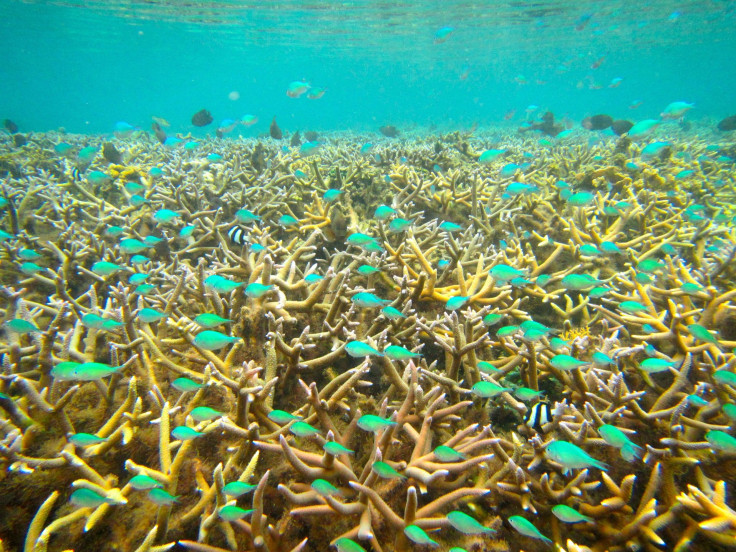New Bizarre Fish With Glowing Eyes Found During Expedition To Cocos Islands [Photo]
KEY POINTS
- The 35-day voyage was led by the Museums Victoria Research Institute
- The expedition team found an array of unique fish
- One of them was a blind, gelatinous eel that's new to the scientific world
An expedition to the Cocos Islands in the Indian Ocean has successfully mapped the area for the first time. Interestingly, the mapping has also led to the discovery of bizarre fish with glowing eyes, along with other weird types of fish.
The 35-day voyage, led by the Museums Victoria Research Institute, found an array of unique fish that has the expedition team excited.
"The fish are the standout deep-sea fashionistas," expedition chief scientist Tim O'Hara of the Museums Victoria Research Institute told Live Science. "They come in all shapes and sizes, with light organs, lures, rays modified into tripods or camouflage appendages and huge (or missing) eyes. Each species superbly adapted to the extreme deep-sea environments."
One of them, a blind, gelatinous eel, is new to the scientific world. In an image tweeted by the outlet, one can see the haunting creature with two glowing holes in place of eyes.
'Spectacular' and bizarre ocean creatures (like stilt-walking fish) found living near deep-sea volcanoes https://t.co/6BGVic9YWB
— Live Science (@LiveScience) November 10, 2022
Also found was a deep-sea batfish that has a tiny "fishing lure" on its snout to attract prey, as seen in a photo posted by the Commonwealth Scientific and Industrial Research Organization of Australia (CSIRO) on Twitter.
Speechless. 😮
— CSIRO (@CSIRO) November 5, 2022
This batfish joins other wonders found by researchers onboard #RVInvestigator while surveying the Indian Ocean Territories as part of the recent #InvestigatingtheIOT voyage. 🏝https://t.co/AcFkHmEQGq
📷| Ben Healley via @museumsvictoria pic.twitter.com/9pfyLnNJR1
The islands mapped in high resolution are in the center of the Cocos (Keeling) Islands Marine Park, spreading 180,330 square miles. It is a protected area that has never been mapped before. Unbelievably, the mapping revealed more underwater structures which were not previously known.
"It's truly an honor to see, for the first time, these stunning underwater features revealed from the deep," Nelson Kuna, a hydrographic surveyor from CSIRO who was on the research expedition, noted in a blog post.
Cocos Islands are a pair of atolls made up of 27 coral islands. The islands are essentially peaks of two ginormous seamounts. However, new mapping found that there exists a smaller mount between these peaks, which is at 1,148 feet (350 meters) below sea level, according to CSIRO.
"Some seamounts predicted to be shallow had subsided into the deep sea, others had cones or drowned reefs that almost reached the surface. The sheer size of some of the features was amazing," O'Hara said.
The other varieties of fish found by the expedition team in the islands, which are teeming with spectacular life, include the tribute spider fish (Bathypterois guentheri), which has stilt-like elongated fins that help it stay fixed on the ocean floor and prey on small crustaceans crossing its path.
The team also saw the pelican eel (Eurypharynx pelecanoides), with huge, loosely connected jaws that allow it to devour prey bigger than itself, and the toothy Sloane's viperfish (Chauliodus sloani), which is characterized by its needle-sharp teeth and glowing organs on the sides of the body that attracts prey. The high-fin lizardfish (Bathysaurus mollis), with both ovaries and testes active as its reproductive organs, was also spotted.
"The sheer diversity of the invertebrate fauna was also spectacular," O'Hara said further. "We collected every family of black corals, and hundreds of species of crustaceans and echinoderms. Many of these species will be new to science."
In the future, the team hopes to collect DNA floating in the waters as a way to look for biodiversity.

© Copyright IBTimes 2024. All rights reserved.





















